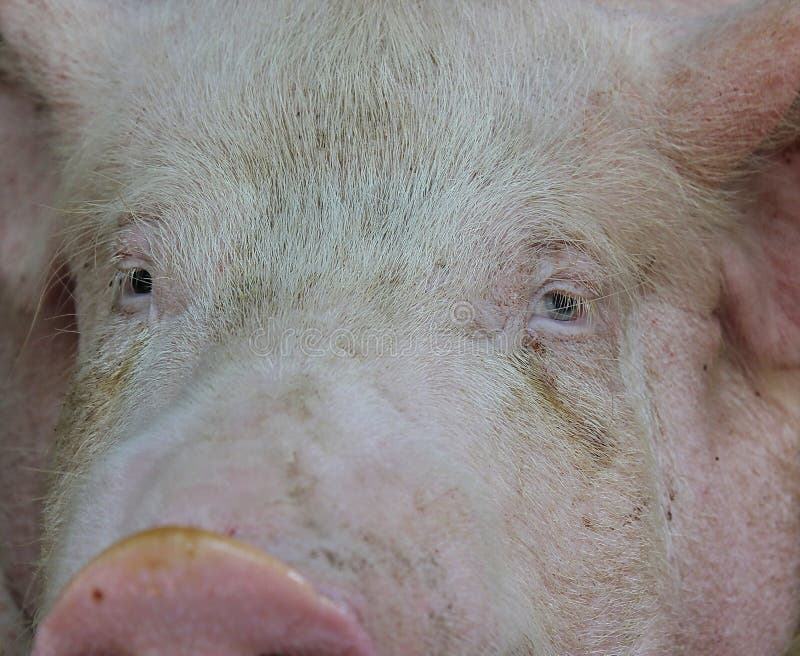Have you ever stopped to consider what a pig is thinking when it locks eyes with you? The connection between pigs and humans is deeper and more complex than most people realize, extending beyond the farm and into the realms of shared biology, behavior, and even emotion.
Pigs, often relegated to the role of livestock, possess a surprising number of traits comparable to humans. This extends to their physiology, with striking similarities in their hearts, eyes, and even their susceptibility to certain diseases. But the connections run deeper than mere anatomy. Understanding pig behavior, particularly the meaning behind their gaze, unveils a fascinating world of animal intelligence and emotional depth. Exploring why pigs stare at humans opens a window into their social dynamics, their communication methods, and their unique perspective on the world around them.
| Category | Information |
|---|---|
| Scientific Name | Sus scrofa domesticus |
| Lifespan | Typically 6-10 years in domestic settings, but can live longer. |
| Average Weight | Varies greatly by breed, ranging from miniature breeds weighing under 200 lbs to large breeds exceeding 700 lbs. |
| Intelligence Level | Considered highly intelligent, comparable to a 3-year-old human child. Demonstrates problem-solving skills, learning capabilities, and emotional complexity. |
| Social Behavior | Highly social animals that form complex social structures. They exhibit cooperative behaviors, play, and demonstrate empathy. |
| Communication | Communicate through a variety of vocalizations (grunts, squeals, oinks), body language (nudging, rubbing), and even scent. |
| Diet | Omnivorous, with a diet that includes roots, tubers, fruits, leaves, insects, and small animals. In domestic settings, they are typically fed commercially prepared pig feed. |
| Heart Similarity to Humans | Pig hearts are remarkably similar to human hearts in size, structure, and function. This makes them invaluable in cardiovascular research and potential candidates for xenotransplantation. |
| Eye Similarity to Humans | Pig eyes share similarities with human eyes, including the presence of cone photoreceptors (though with differences in color perception) and a similar scleral structure. They can also recognize human faces. |
| Primary Sensory Input | Olfactory (sense of smell) is highly developed and crucial for foraging and social interaction. |
| Conservation Status | Domestic pigs are not endangered. However, wild pig populations (feral pigs) can have significant ecological impacts. |
| Additional Resources | National Geographic - Pigs |
- Adrienne King Richard Hassanein An American Story Unfolds
- Ariella Ferrara Bio Net Worth Steamy Scenes 2024 Update


